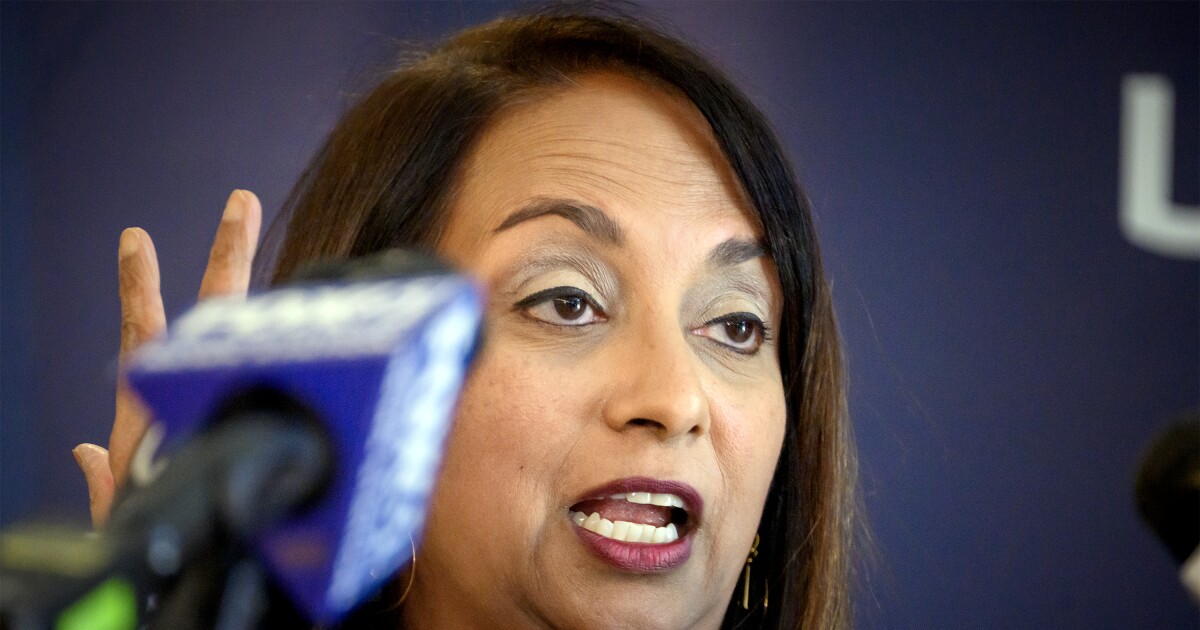Connecticut health officials continue to call out against the latest decision from a Centers for Disease Control and Prevention (CDC) vaccine panel to overturn a longstanding recommendation on hepatitis B…
CT DPH head raises alarm following changes to vaccine recommendations from CDC
